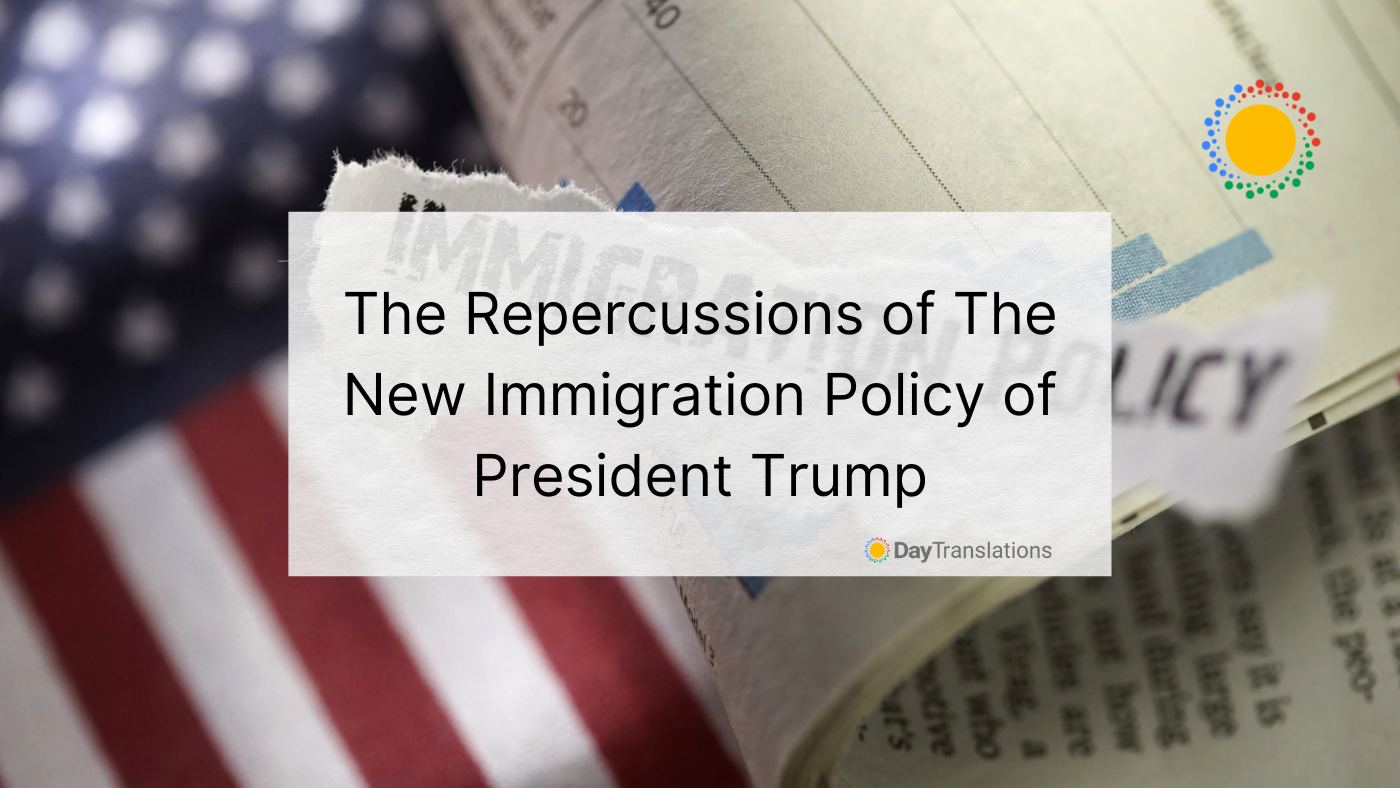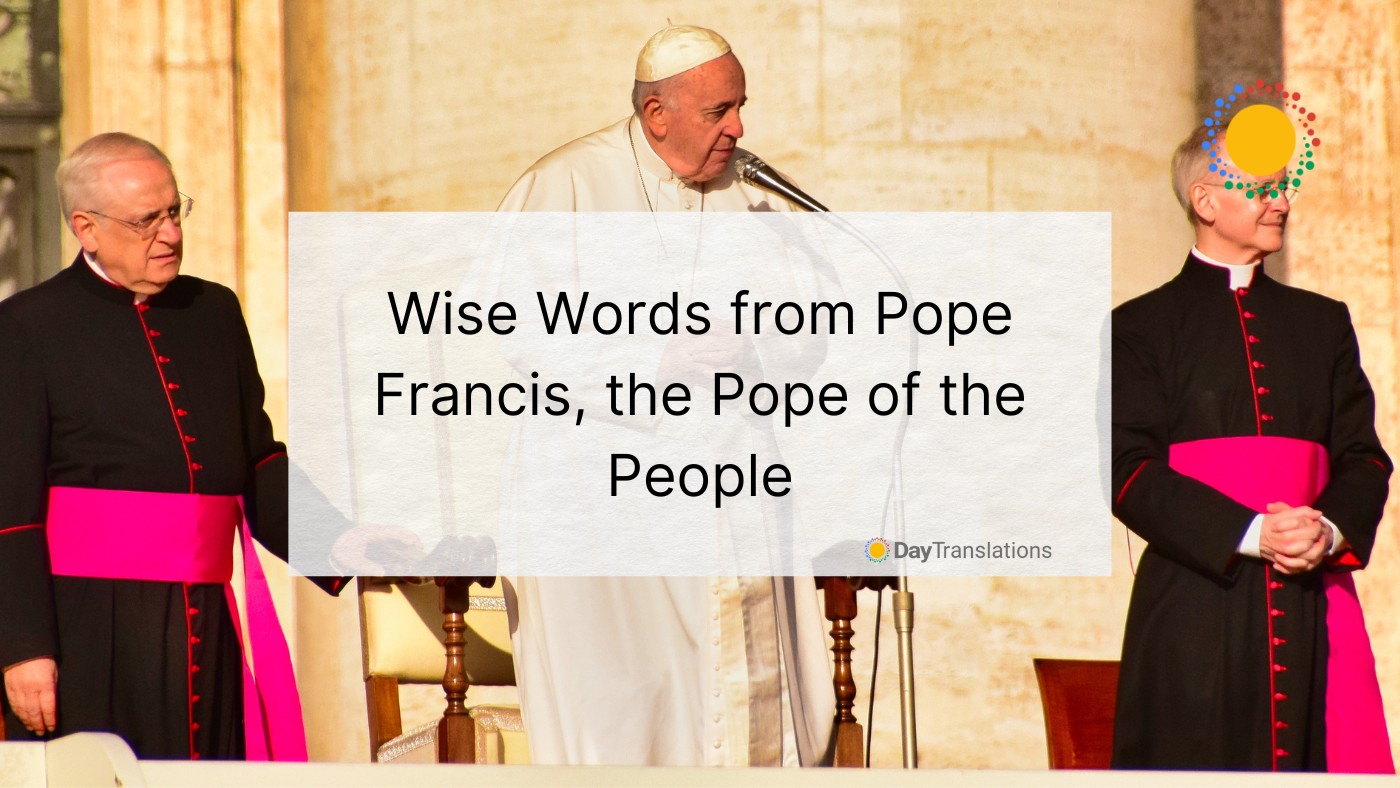President Trump has issued two executive orders since he came to the White House in January that deal with immigration: Executive Order 13768 (Enhancing Public Safety in the Interior of the United States) and EO 13769 (Protecting the Nation from Foreign Terrorist Entry in the United States). These led to the travel ban that affected people from seven Muslim countries – Yemen, Libya, Sudan, Iraq, Iran, Somalia and Syria. The travel ban provoked a lot of protests from different sectors, as well as various countries, including condemnation from top leaders of Canada, Australia, France and Britain.
Earlier in March, the Homeland Security Department released memos in conjunction with the new immigration policy of the Trump administration. The memos stated the hiring of 10,000 agents and making the deportation of all undocumented immigrants a top priority. With the memos, U.S. officials are authorized to target the immediate deportation of about 11 million undocumented immigrants. John Kelly, the Secretary of Homeland Security, issued the memos. They negate the policies of the previous administration. Under the former President Obama, immigration officials were tasked to focus on convicted criminals, rather than go after undocumented immigrants.
Broader coverage
The memos provide officials with more leeway to go after undocumented immigrants who were charged with a crime but not convicted. They can also go after those immigrants who committed what could be considered criminal offenses but were not charged. Simply put, an undocumented immigrant who has any kind of brush with the law on U.S. soil can be removed.
Priority is also placed on people who have abused a program for the benefit of the public and people who engaged in willful misrepresentation or fraud related to any official subject before any agency of the U.S. government. One issue where this directive applies is the use of fake Social Security numbers to gain employment. The memos also present immigration officials with the authority to remove any undocumented immigrant who they believe poses a risk to national security or public safety.
Moreover, the memos provide the immigration agents with the right to expand ICE’s 287(g) program, wherein some aspects of the immigration laws of the U.S. can be enforced by local and state law enforcement departments. This means that the migrant “sanctuaries” across the country that refuse to cooperate with immigration authorities will be targeted.
Safe from the directive are the participants in the Deferred Action for Childhood Arrivals program, at least for now. It is estimated that there are some 750,000 who are participating in this program that was started by the Obama administration.
Hiring of more personnel
To fully implement the new immigration policies, the Immigration and Customs Enforcement was authorized by John Kelly to hire 10,000 more officials. To augment those who are operating along the U.S. – Mexico border, Kelly released another memo last Tuesday to hire 5,000 additional Customs and Border protection agents. The hiring of more agents is exempt from the previously ordered hiring freeze by President Trump.
Reception
From the time of the presidential campaign period until today, Mr. Trump continues to be controversial, with a spate of executive orders that were met with negativity and criticisms from the general public and officials not only in the U.S. but other influential countries. His immigration policy surely created a stir. While it was taken by his supporters as the initial step to fulfill his pledge during the presidential campaign on illegal immigration, particularly targeting Mexicans, many more view this as the willingness of the new administration to roughly tread on human decency and due process.
The director of the Immigrants’ Rights Project of the American Civil Liberties Union (ACLU), Omar Jadwat, vehemently remarked that the president does not have the last word on the immigration issue because the public and the courts will not allow this to happen.
Naming names
The U.S. Immigration and Customs Enforcement (ICE), under the memo, is ordered to release data on federal jurisdictions that help release undocumented immigrants from custody despite requests to hold them from immigration and national security agencies. ICE will provide the country of origin of each undocumented person, their immigration status, criminal convictions (if any) as well as the reason why the request from ICE was not followed. Concerned groups find this a blatant effort by the Trump administration to publicly bring forth those areas, groups, communities and others that refuse the government’s anti-undocumented immigrants efforts.
Contradictions
President Trump cited terrorism concerns when the travel ban from seven Muslim countries was implemented. However, a draft memo from the DHS stated that the agency found that citizenship is probably not a reliable sign of terrorist activity in the country. It also stated that refugees seeking asylum in the U.S. do not present a substantial threat for terrorism in the land.
The report included statistics indicating that very few people from the countries included in the travel ban were involved in activities in the U.S. that were terrorism-related since 2011 when the war in Syria started.
The report went on to say that over half of the 82 people said to be inspired by terrorist groups from foreign lands were in fact U.S. citizens who were born in America. The report also included another glaring fact – that despite the travel ban, there are actually very few people from the countries included in the ban who are admitted to the United States. The total number of people from the seven countries account for a little more than 7 percent of the total number of visas allocated for the region in 2015.
So what lies ahead for the new immigration policy of Mr. Trump?
While the memos that were released last Tuesday echo the demand of the president to increase the immigration work force, John F. Kelly says it will take time to hire the 15,000 agents needed to beef up border patrol and homeland security. He said that it is not likely that they will be able to hire the desired number even if it takes them two years, as the hiring standards and subsequent training are very stringent.












Sorry, the comment form is closed at this time.